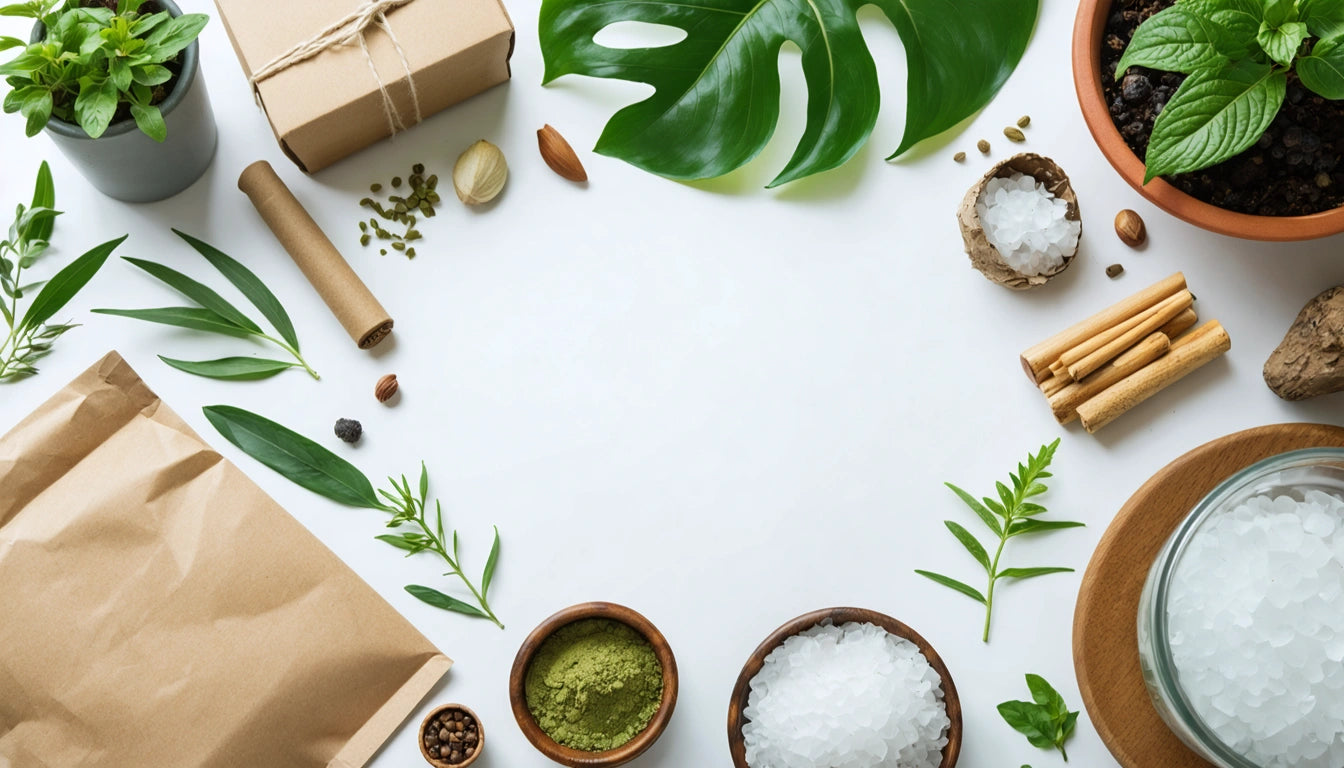Table of Contents
- Average Cannabis Yields: What to Expect
- Factors Affecting How Much Weed One Plant Produces
- Indoor vs. Outdoor Growing: Yield Differences
- Strain Selection for Maximum Yield
- Cultivation Techniques to Increase Harvest Size
- Harvest Timing and Its Impact on Final Yield
- Yield Maximization Strategies for Home Growers
How Much Weed Does One Plant Produce?
One of the most common questions among cannabis cultivators is how much weed does one plant produce. The answer varies significantly based on multiple factors, including growing conditions, strain genetics, cultivation expertise, and whether plants are grown indoors or outdoors. Understanding these variables helps set realistic expectations and optimize your growing approach.
Average Cannabis Yields: What to Expect
Cannabis yield is typically measured in grams or ounces of dried, cured flower per plant. On average, growers can expect:
- Indoor plants: 1-2 ounces (28-56 grams) per plant under basic conditions
- Outdoor plants: 8-16 ounces (224-448 grams) per plant in optimal conditions
- High-performance setups: Up to 2 pounds (900+ grams) per plant for expert growers
These figures represent dried, trimmed buds ready for consumption. According to yield expectation guidelines, beginners should anticipate harvests on the lower end of these ranges until they develop their cultivation skills.
Factors Affecting How Much Weed One Plant Produces
Light Quality and Quantity
Light is the primary energy source for cannabis plants. Indoor growers using high-quality LED or HPS lighting systems typically achieve higher yields than those using basic fluorescent setups. The light intensity, spectrum, and duration directly correlate with how much weed can one plant produce.
Growing Medium and Nutrients
The growing medium (soil, coco coir, or hydroponic systems) affects nutrient uptake and root development. Plants in optimized hydroponic systems often produce more significant yields than soil-grown plants, though soil can provide better flavor profiles. Proper nutrient management throughout the growth cycle is essential for maximizing how much weed one plant yields.
Container Size
Root space directly impacts plant size and yield potential. Larger containers allow for more extensive root systems, which support bigger plants and heavier harvests. A 5-gallon container typically produces more than a 3-gallon one, assuming all other factors remain equal.
Indoor vs. Outdoor Growing: Yield Differences
When considering how much weed does a plant produce, the growing environment plays a crucial role:
Indoor Yields
Indoor cultivation offers precise control over environmental factors but typically produces smaller plants due to space and light limitations. Even with optimal conditions, indoor plants generally yield less than their outdoor counterparts. However, indoor growers can compensate by cultivating multiple harvests per year and implementing techniques like Sea of Green (SOG) or Screen of Green (SCROG) to maximize space efficiency.
Outdoor Yields
Outdoor plants can grow much larger, sometimes reaching over 10 feet tall with significantly wider canopies. This size advantage explains why outdoor plants often produce substantially more bud. A single well-grown outdoor plant can yield what might take 4-6 indoor plants to match. However, outdoor growers are limited to one harvest per year in most climates and face challenges from weather, pests, and security concerns.
For commercial growers focusing on consistent production, efficient processing equipment becomes essential to handle larger harvests and maintain product quality, especially when scaling up operations.
Strain Selection for Maximum Yield
Genetics play a significant role in determining how much weed can you get from one plant:
- Indica-dominant strains typically produce denser, heavier buds but smaller plants overall.
- Sativa-dominant strains often grow larger but may have airier buds, affecting total weight.
- Autoflowering strains generally produce less per plant (1-2 ounces) but complete their lifecycle faster, allowing multiple harvests per season.
- High-yield specific strains like Critical Mass, Big Bud, and Northern Lights are bred specifically to maximize production.
When selecting strains, consider your growing environment, space limitations, and time constraints alongside yield potential. Some high-yielding strains require more growing expertise and precise environmental control to reach their full potential.
Cultivation Techniques to Increase Harvest Size
Several training methods can significantly impact how much weed does one plant yield:
Topping and LST (Low-Stress Training)
Topping involves cutting the main stem to create two main colas instead of one. Combined with LST, where branches are gently bent and secured to grow horizontally, these techniques create bushier plants with more bud sites receiving direct light.
SCROG (Screen of Green)
This method uses a screen or net positioned above plants. As branches grow through the screen, they're tucked horizontally, creating an even canopy where light distribution is optimized across numerous bud sites. SCROG can significantly increase yields in limited spaces.
Defoliation
Strategic removal of fan leaves improves light penetration to lower bud sites and enhances airflow, potentially increasing overall yield and reducing mold risk. However, this technique requires experience to avoid stressing plants.
According to state-specific cultivation guidelines, it's important to know local regulations regarding plant counts and possession limits, as these may influence your cultivation strategy more than yield optimization techniques.
Harvest Timing and Its Impact on Final Yield
The timing of harvest significantly affects both quantity and quality. Harvesting too early results in underdeveloped buds with lower weight and potency. Waiting too long can lead to degradation of THC and other cannabinoids.
Most cultivators harvest when 70-90% of pistils have darkened and trichomes have turned milky with some amber coloration. This sweet spot maximizes both yield weight and potency. Proper curing techniques also impact final weight, as improper drying can result in either mold (if too slow) or excessive weight loss (if too fast).
Yield Maximization Strategies for Home Growers
For those looking to increase how much weed will one plant produce, consider these practical approaches:
- Invest in quality genetics from reputable seed banks
- Optimize light coverage with proper positioning and reflective materials
- Maintain ideal temperature (70-85 °F during light periods) and humidity levels (40-60% during flowering)
- Implement a strategic feeding schedule with bloom-specific nutrients during flowering
- Consider CO2 supplementation for indoor grows to boost photosynthesis
- Monitor and adjust pH levels to ensure optimal nutrient uptake
- Practice preventative pest management to avoid yield-reducing infestations
Remember that maximizing yield shouldn't come at the expense of quality. Some techniques that increase weight might reduce cannabinoid and terpene production. Balance your approach based on your specific goals and preferences.
Understanding how much weed does one plant produce helps set realistic expectations and guides your cultivation strategy. By optimizing growing conditions and implementing appropriate techniques, even home growers can achieve impressive yields from a limited number of plants.











Leave a comment
All comments are moderated before being published.
This site is protected by hCaptcha and the hCaptcha Privacy Policy and Terms of Service apply.